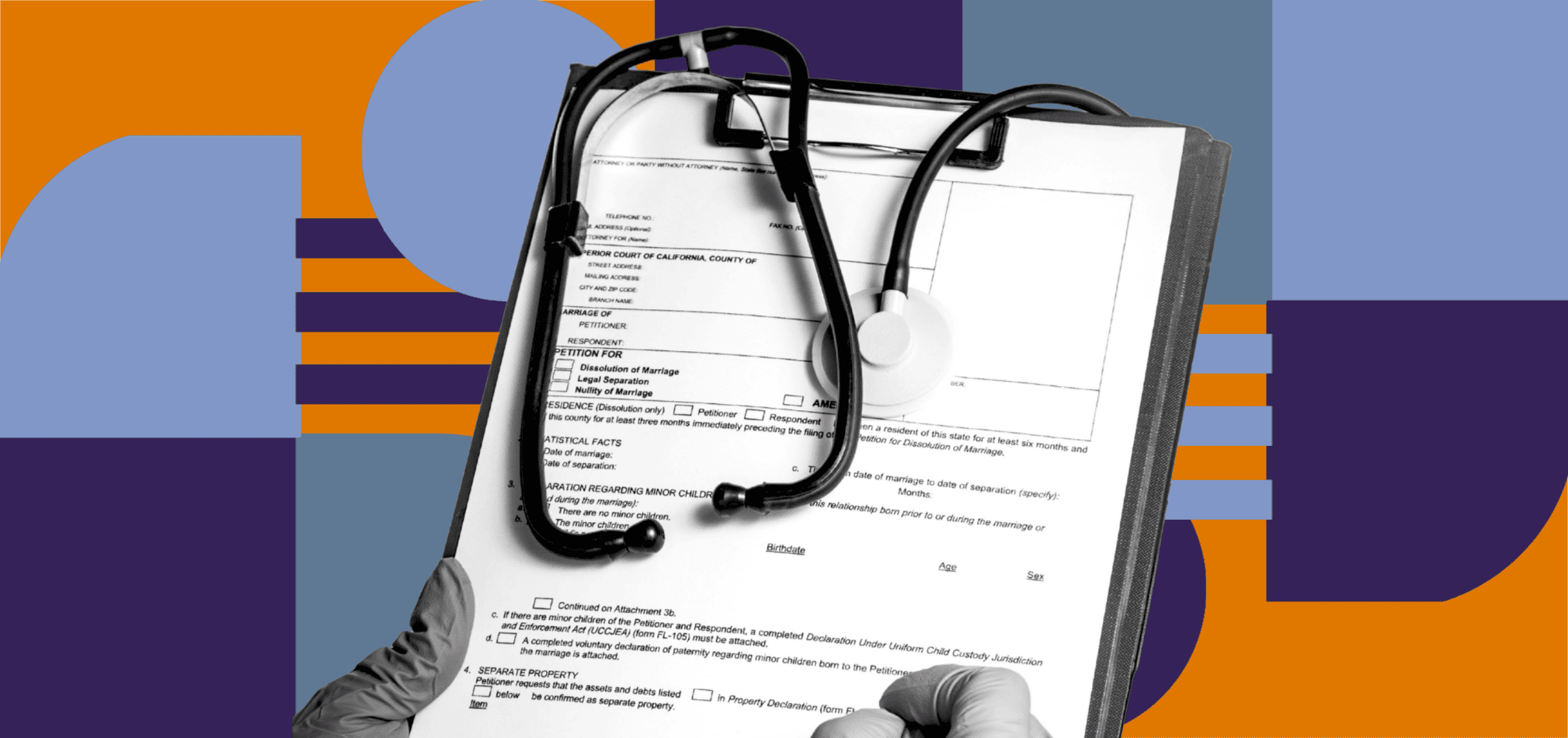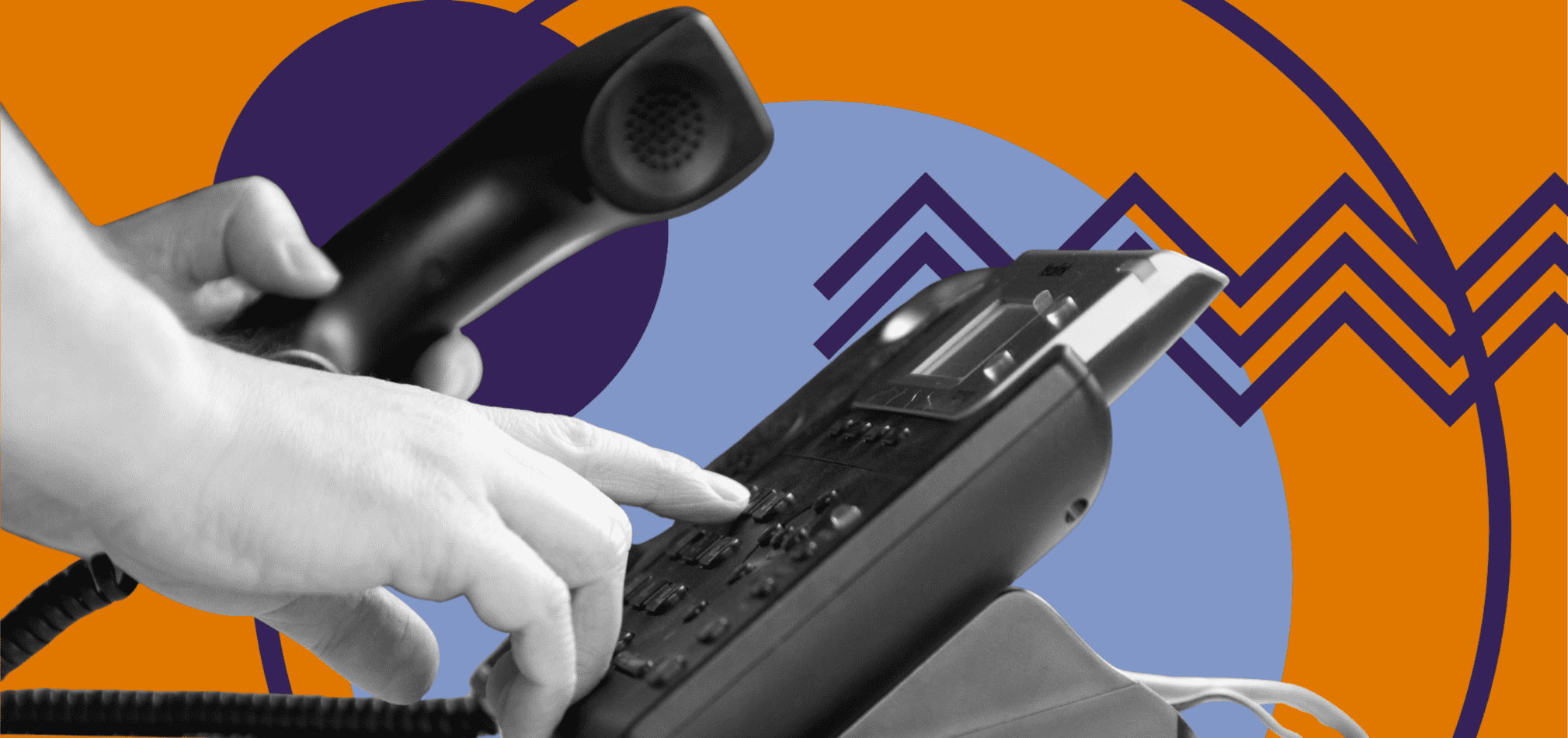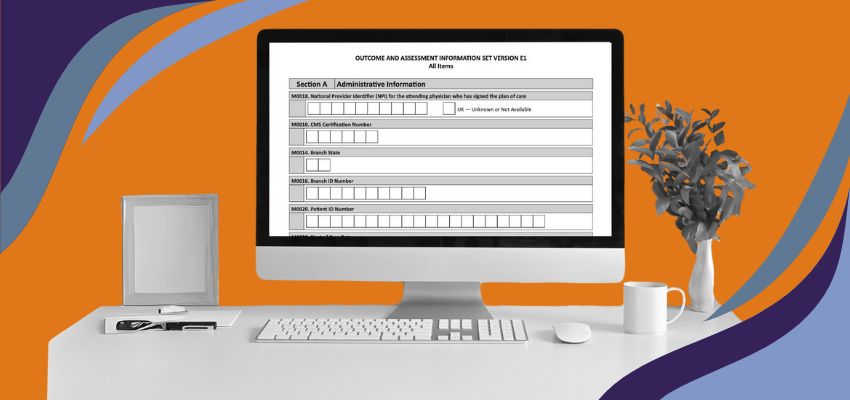What to Keep at Your Emergency Alternate Location for Home Health & Hospice Agencies
July 11th, 2025
5 min read
By Abigail Karl

If you run a Medicare-certified home health or hospice agency, emergencies are a matter of when, not if. A power outage, flood, or fire can shut down your office in minutes. And when your office is down, patient care cannot stop.
That’s why CMS and accrediting bodies require a functioning alternate operations location. This isn’t just an address on paper, but a real, ready-to-use backup office.
*This article was written in consultation with Mariam Treystman.
In this guide, you’ll learn:
- What an Emergency Alternate Location Is in Home Health & Hospice
- Printed Forms You Need at Your Home Health or Hospice Emergency Alternate Location
- Regulatory Documents & Contact Lists to Keep at your Emergency Alternate Location
- Medical Supplies to Stock at your Home Health or Hospice Emergency Alternate Location
- Technology & Office Supplies to Keep at your Emergency Alternate Location
- How to Safely Store Patient Information at your Home Health or Hospice Emergency Alternate Location (maintaining HIPAA compliance)
- Basic Emergency Gear to Keep at Your Emergency Alternate Location
- Tips for Keeping Supplies Up-to-Date at your Emergency Alternate Location
- A Free Downloadable Checklist with Everything You Need at Your Emergency Alternate Location
By the end, you’ll have a clear list you can use to set up or regularly review your emergency location, before it’s too late.
What Is an Emergency Alternate Operations Location in Home Health and Hospice?
Before we talk about what to store, let’s define what this site actually is.
An alternate operations location is your emergency backup site. If your main office is inaccessible for days or weeks, your staff must be able to work from this location without losing functionality or compliance.
This isn’t about comfort. It’s about continuity of care.
Once the space is identified, it must be equipped with the essentials that allow daily operations to continue.
Let’s begin with one of the most critical items for uninterrupted care: your paper forms.
Required Paper Forms to Store at Your Alternate Operations Site

In the event of an emergency, electronic systems may be down or inaccessible. That’s why every agency needs physical copies of its core forms, ready to use at a moment’s notice.
The following should be printed and stored in quantities of at least 25-50:
- OASIS Forms (SOC, Recertification, Transfer, Discharge)
- Admission Packet
- Recertification Packet
- Discharge Packet
- MD Order / Communication Forms
- Supervisory Visit Form
- Incident Report Form
- Case Conference Form
- Visit Route Sheet
- Flow Sheet
- Fax Cover Sheet
- HR Hiring Packet (blank onboarding documents)
Of course, every agency delivers interdisciplinary care. So your form stock isn’t complete without discipline-specific documentation.
Discipline-Specific Clinical Forms Needed at an Emergency Backup Site
Alongside your general paperwork, you must also have forms specific to each discipline. These ensure that patient care can continue without documentation gaps.
Be sure to include:
- Skilled Nursing Follow-Up Note
- Physical Therapy Evaluation + Follow-Up
- Occupational Therapy Evaluation + Follow-Up
- Speech Therapy Evaluation + Follow-Up
- Medical Social Worker Evaluation + Follow-Up
- CHHA Assignment + Follow-Up
- Chaplain Assessment + Follow-Up (*for hospice only)
- Bereavement Initial Assessment/Care Plan + Follow-Up (*for hospice only)
Pro Tip: Use a one-week form inventory to identify any lesser-used forms that should still be included.
Now that the right documentation is in place, your team also needs quick access to the rules and procedures that guide how to use them.
Regulatory Documents & Contact Lists to Keep on Hand
Even during emergencies, compliance doesn't pause. Staff must be able to reference critical regulations, agency policies, and contact lists to stay aligned with CMS and accreditor expectations.
Store printed or downloadable versions of the following:
- Emergency Operations Manual
- Policies and Procedures Manual
- Medicare Conditions of Participation (CoPs)
- Accreditor Standards (CHAP, ACHC, TJC, etc.)
- State Regulations (e.g., Title 22 for California)
- ICD-10 Coding Manual
- Updated Vendor List
- Field and Office Staff Contact List
- Emergency Contact List (vendors, physicians, caregivers, contractors)
- Copies of Staff Personal Disaster Plans
With your forms and manuals handled, we can continue to protect patient wellness with medical supplies.
Medical Supplies Home Health and Hospice Agencies Must Stock for Emergencies

Emergency situations may disrupt your normal supply chain. That’s why it’s important to keep a stock of basic medical supplies for patients on hand at your alternate location.
Focus on high-use, essential items:
- Sterile gauze (2x2 and 4x4)
- Surgical tape
- Hydrogel dressings (tube and sheet)
- Transparent film and hydrocolloid dressings
- Normal saline (500 mL bottles)
- Alcohol prep pads
- Exam gloves (S/M/L, 2 boxes each)
- First Aid Kit
- Sharps containers
- Blood sugar monitors
- Stethoscope and thermometer
- Masks
- Hand Sanitizer
Pro Tip: Check supplies monthly for expiration and restock as needed.
Even with the right clinical supplies, you won’t get far without the technology to support scheduling, billing, and documentation.
Technology & Office Supplies Needed at an Alternate Operations Location
Even if your staff has paper forms and physical supplies, they still need access to essential digital tools. Make sure your alternate site includes basic technology to support operations.
Recommended equipment includes:
- 1–2 fully charged laptops with:
- EMR system installed (or offline PDFs)
- PDF versions of all agency forms
- Functioning printer, scanner, and fax machine
- Extra printer ink and paper
- Reliable internet connection (plus backup hotspot if possible)
- Landline phone (in case of cell tower outages)
- Surge protector with 2-hour battery backup
- 100 blank business checks
Remember: During activation, laptops must be used by staff only, with no shared access. Once the emergency is done, any files and folders needed to be deleted from those laptops before returning them to their normal usage. This protects patient privacy and is required.
In addition to tech, you may need to store some patient information—but only under strict security protocols.
What Patient Information Can Be Stored at a Backup Site (and How to Secure It)
You may need to keep limited patient information on site in order to maintain continuity of care, but HIPAA still applies. Follow strict security protocols to protect all protected health information (PHI).
Just like home health or hospice office requirements, maintain a double-locked room or closet that includes:
- Start-of-care face sheet
- Current plan of care
- Current medication list
- Updated physician orders
- Visit schedule for the upcoming week
- List of all active physicians, caregivers, and contractors
This binder should be updated weekly and stored securely behind two physical locks.
Of course, no emergency site is complete without the basic safety tools that protect your team during use.
Basic Emergency Gear to Store at an Alternate Operations Location
Your alternate site should also be equipped for physical safety. In prolonged emergencies, access to basic protective gear and safety equipment is essential.
At minimum, keep the following on site:
- Fire extinguisher
- Flashlights and batteries
- First aid supplies
Now that you’ve stocked the site with forms, tools, and gear, the final piece is maintenance. So let’s dive into best practices for how to keep everything up-to-date.
How to Keep Your Emergency Location Updated and Survey-Ready
Having supplies and documents is only part of the equation. They must also be kept current, replenished, and ready for use.
Use this maintenance schedule to stay prepared:
Weekly:
- Update patient list, visit schedule, and orders
Monthly:
- Check expiration dates on all supplies
- Replenish missing or used items
- Print updated vendor and staff contact lists
Annually:
- Replace Emergency Operations Manual
- Reconfirm printed policies, CoPs, and state regulations
As Needed:
- Bring 50 copies of any newly updated forms
- Replace outdated versions of policies, resources, or manuals
Now that you’ve walked through the critical components of an alternate operations site, let’s tie it all together with a final checklist and action plan.
Checklist to Prepare Your Home Health or Hospice Alternate Operations Site for Emergencies
Your office could go offline, but your responsibility to patients won’t. A well-prepped alternate location lets your team keep delivering care. This isn’t just compliance, it’s operational continuity when your community needs you most.
If you're unsure where to begin or you're worried your team may already be stretched too thin, explore how our Administrative Compliance Program supports small to mid-size agencies below.
With the right support, maintaining compliance, patient safety, and your bottom line can become the easiest part of your day-to-day.
*Disclaimer: The content provided in this article is not intended to be, nor should it be construed as, legal, financial, or professional advice. No consultant-client relationship is established by engaging with this content. You should seek the advice of a qualified attorney, financial advisor, or other professional regarding any legal or business matters. The consultant assumes no liability for any actions taken based on the information provided.



























